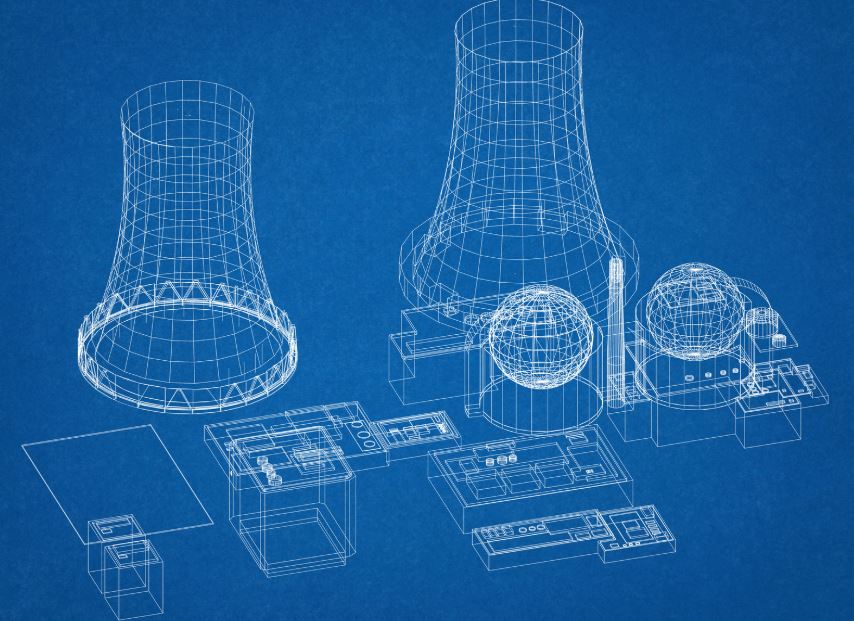Legislation concerning small modular reactors (SMRs) recently underwent a first committee hearing, highlighting the critical discourse surrounding nuclear energy’s evolving role in meeting modern energy needs.
The current legislative scrutiny reflects growing acknowledgment of SMRs as potential catalysts in the transition toward low-carbon energy portfolios. According to the World Nuclear Association, SMRs offer distinct advantages, including reduced construction costs and scalability, aligning with the increasing need for energy solutions adaptable to varying regional demands. However, proponents and critics alike emphasize the necessity of robust regulatory frameworks to ensure safety and environmental compliance.
Data from the International Atomic Energy Agency (IAEA) indicates that over 70 SMR designs are currently in various development stages globally, illustrating a tangible growth in interest. This momentum is driven partly by the pressing need to reduce greenhouse gas emissions alongside ensuring energy security. Critics, however, are quick to point out that despite their potential, SMRs still face significant hurdles in regulatory approval processes and public perception.
The committee’s examination of the legislation is expected to delve into these challenges, with a focus on balancing innovation with safety. Past experiences in nuclear projects have shown that public trust is paramount, underscoring the importance of transparency in development and deployment processes. Legislative measures are expected to address these concerns by laying out clear guidelines for SMR approval and operation, potentially setting precedents for broader nuclear energy utilization strategies.
Beyond legislative aspects, the industry must also confront technical challenges inherent in scaling up SMR technology. Manufacturing capabilities, supply chain readiness, and skilled workforce availability are critical components needing attention. Furthermore, the economic viability of SMRs remains a topic of rigorous debate, with cost comparisons to renewable energy alternatives being a central theme.
As SMRs continue to garner interest and legislative focus, the energy sector stands at a crossroads. The outcome of these discussions may well shape the trajectory of nuclear energy development in coming decades, influencing both national policies and global energy strategies. For experts and stakeholders, the dialogue surrounding SMRs is not merely technological but deeply rooted in socio-political and economic contexts, necessitating a multifaceted approach to future energy planning.
Stay updated on the latest in energy! Follow us on LinkedIn, Facebook, and X for real-time news and insights. Don’t miss out on exclusive interviews and webinars—subscribe to our YouTube channel today! Join our community and be part of the conversation shaping the future of energy.





